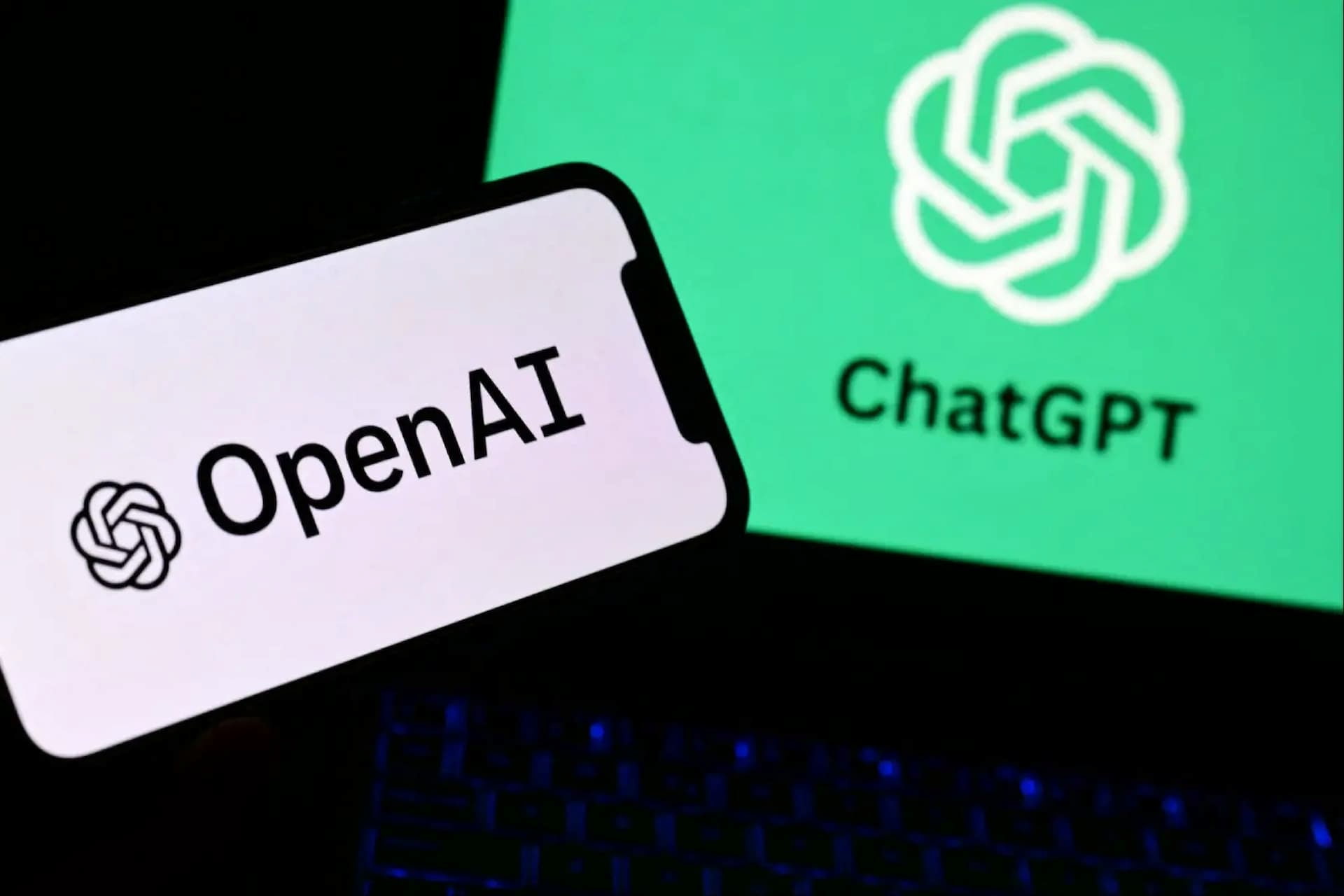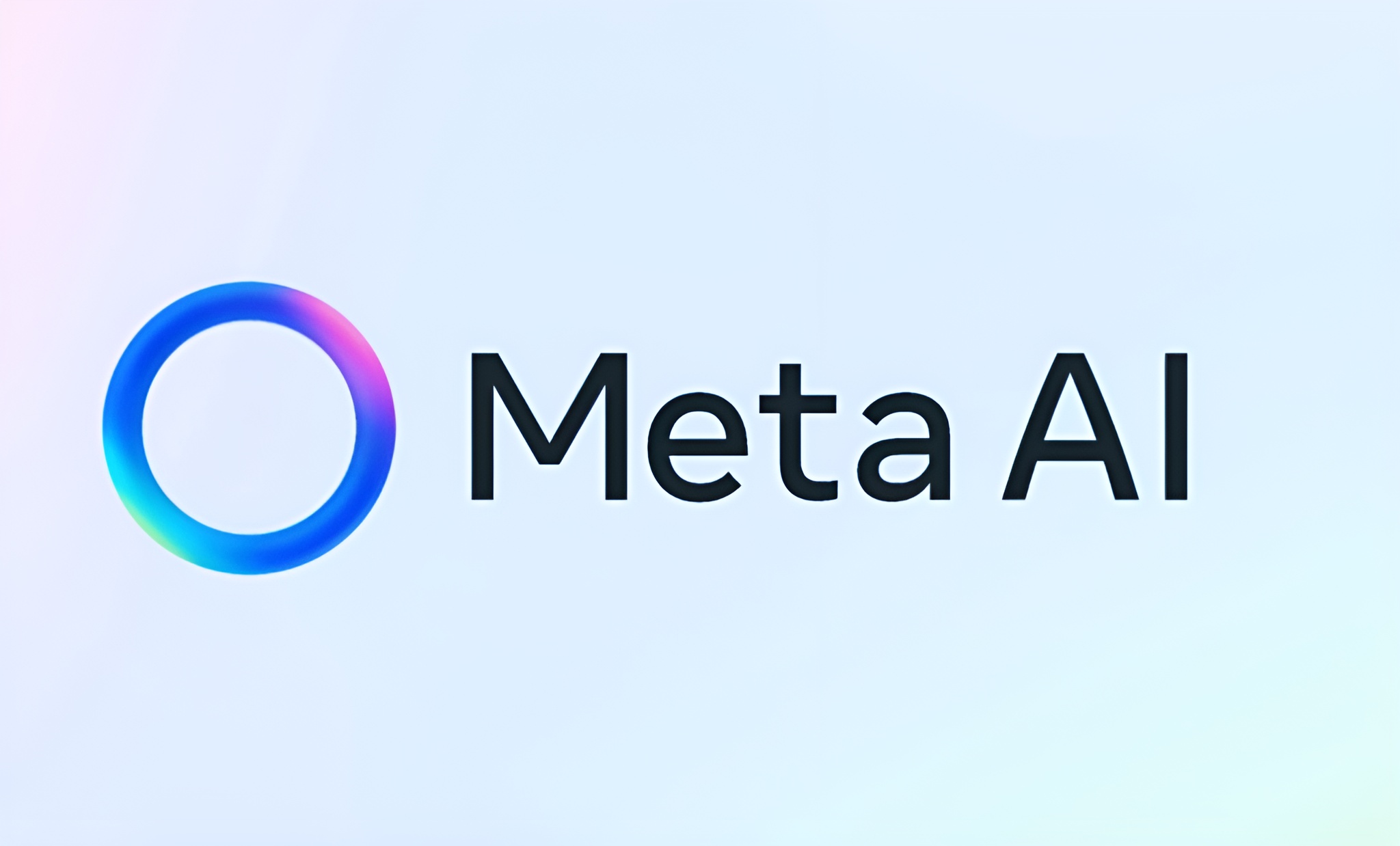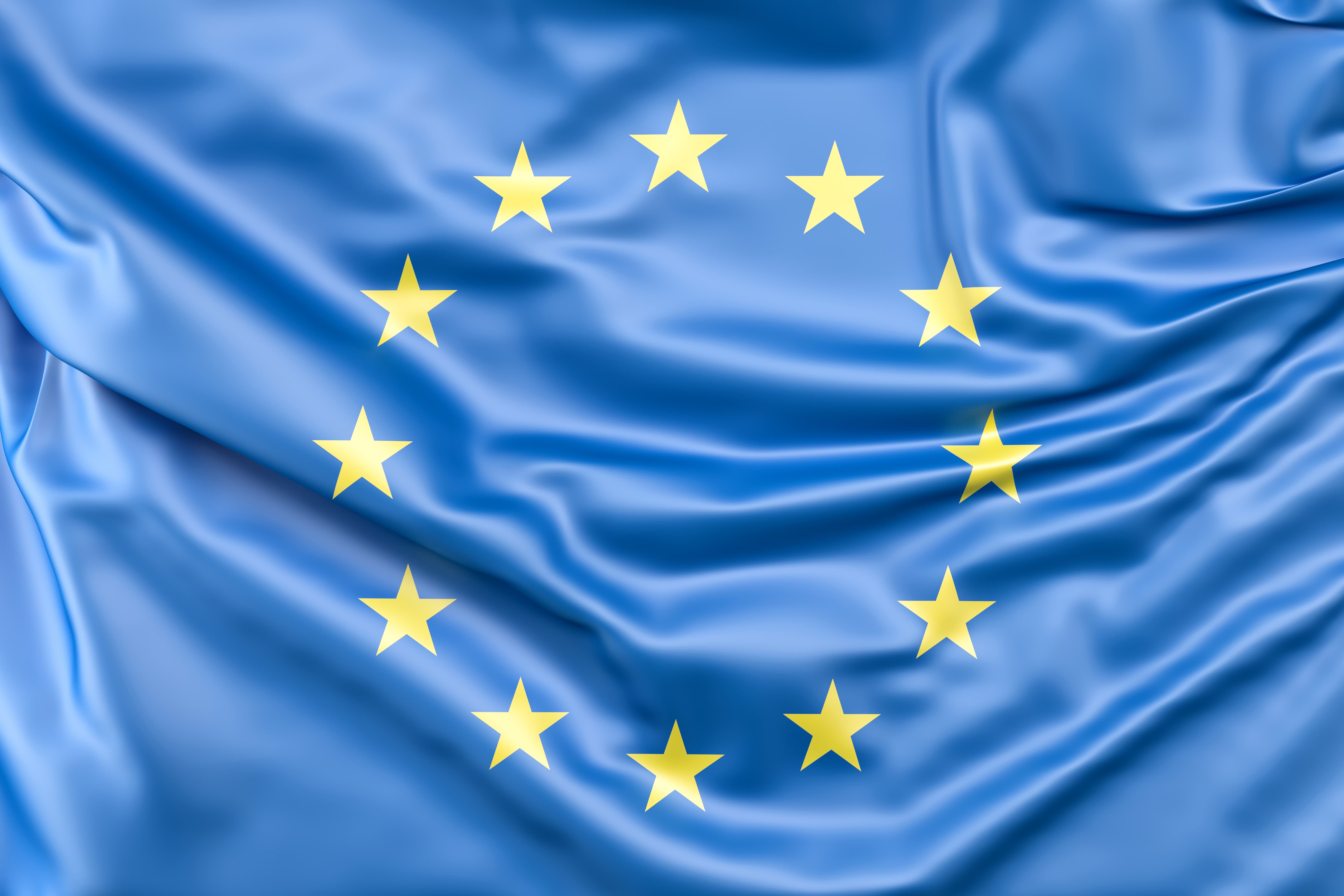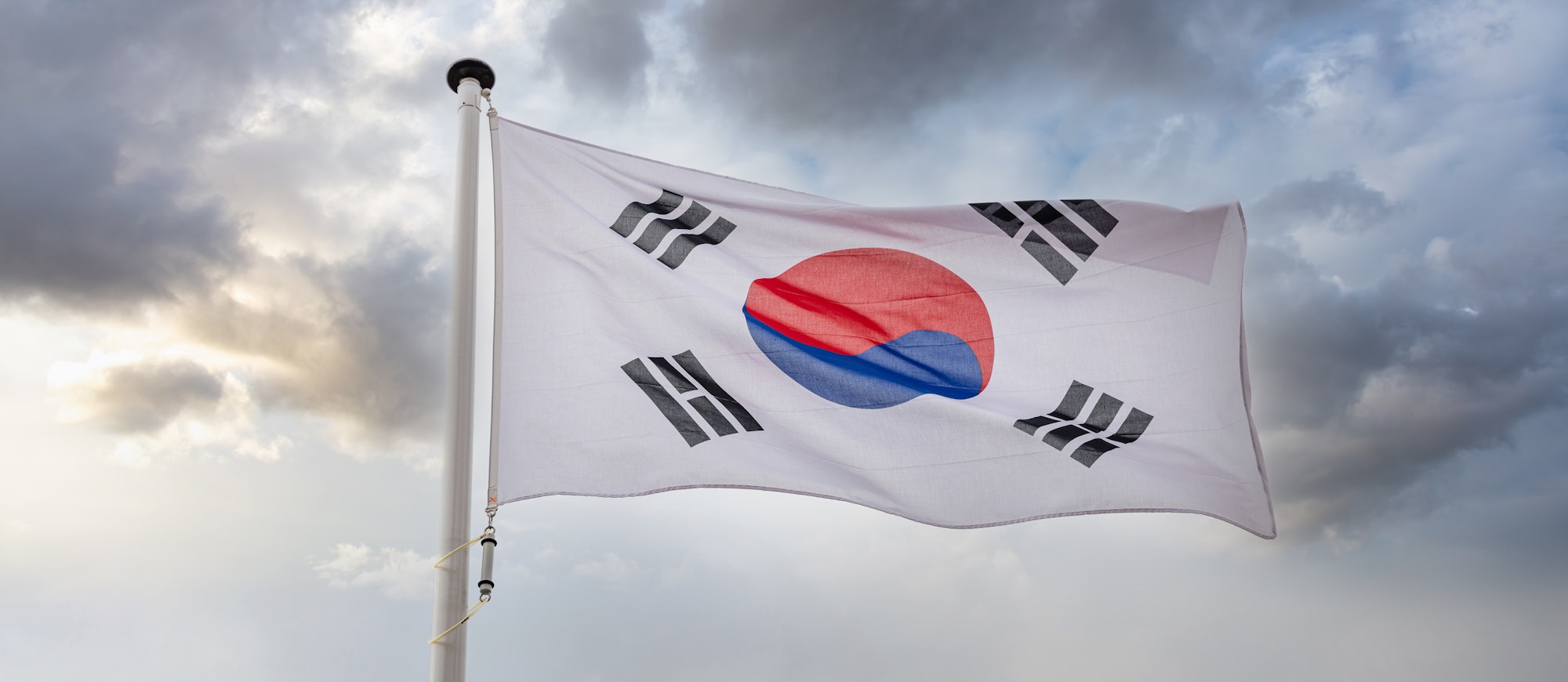Routine hospital blood samples could help predict spinal cord injury severity and even mortality, a University of Waterloo study has found. Researchers used machine learning to analyse millions of data points from over 2,600 patients.
The models identified patterns in routine blood measurements, including electrolytes and immune cells, collected during the first three weeks following injury. These patterns forecast recovery outcomes even when neurological exams were unreliable or impossible.
Researchers said the models were accurate in predicting injury severity and mortality as early as one to three days after admission. Accuracy improved further as more blood test data became available over time.
Unlike MRI or fluid-based biomarkers, which are not always accessible, routine blood tests are low-cost and widely available in hospitals. The approach could help clinicians make more informed and faster treatment decisions.
The team says its findings could reshape early critical care for spinal cord injuries. Predicting severity sooner could guide resource allocation and prioritise patients needing urgent intervention.
Would you like to learn more about AI, tech and digital diplomacy? If so, ask our Diplo chatbot!










